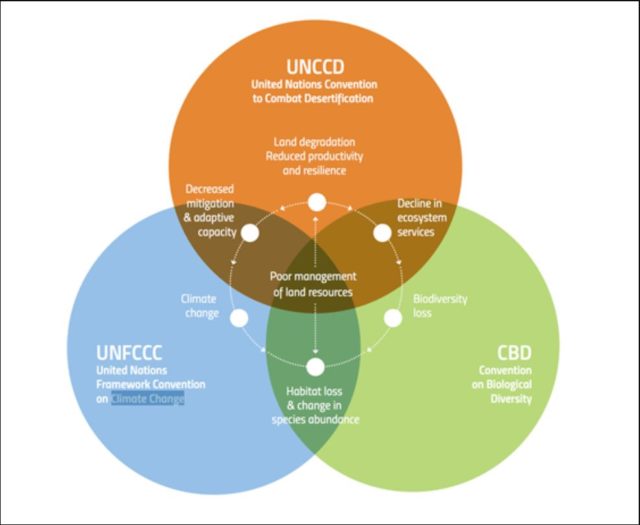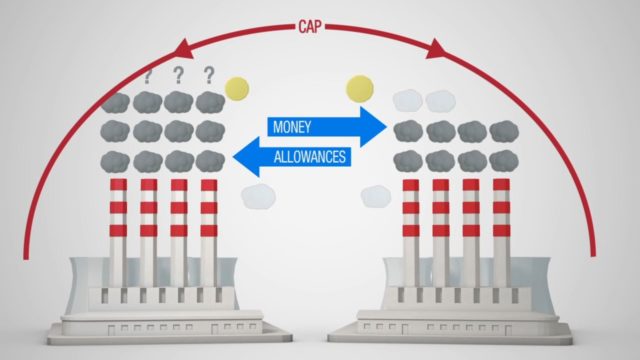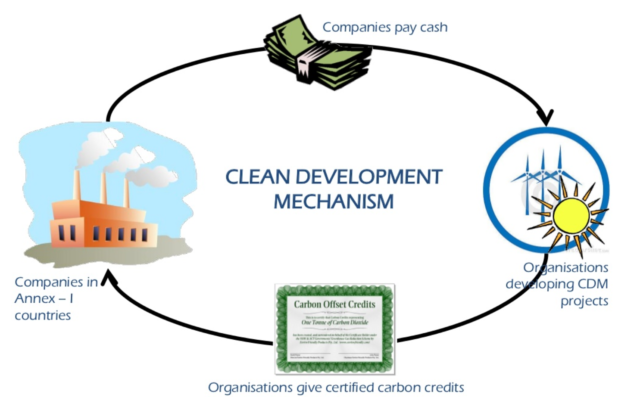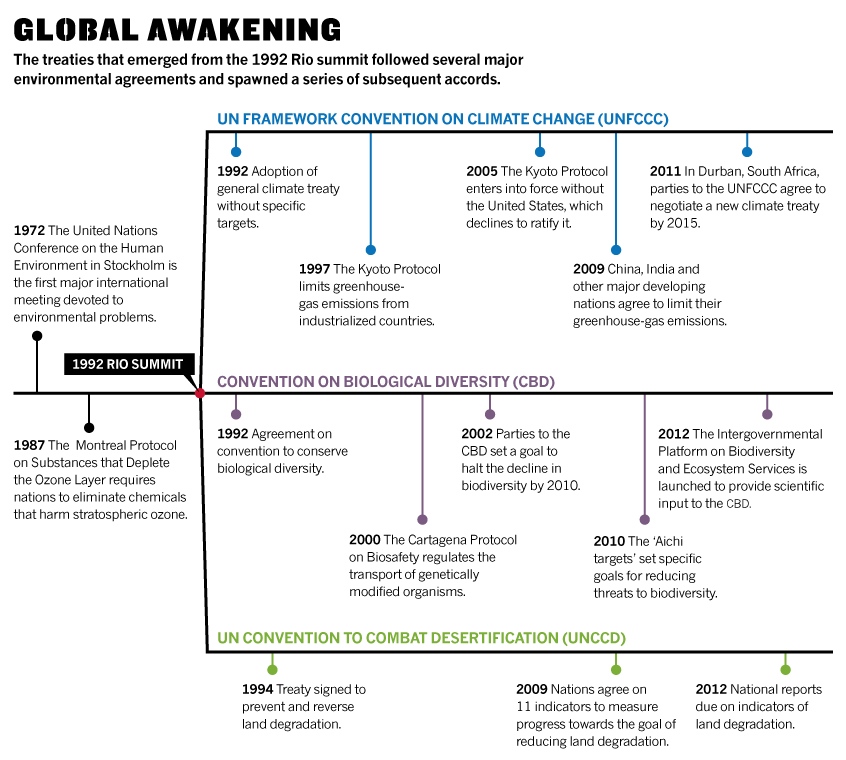PREVIOUS
United Nations Framework Convention on Climate Change (UNFCCC)
March 29 , 2018
2848 days
14101
0
United Nations Framework Convention on Climate Change (UNFCCC)
- - - - - - - - - - - - - - - -
| Drafted | 09 May 1992 |
| Signed | 04 June 1992 |
| Came into force | 21 March 1994 |
| Ratified Parties | 197 (all Member states of the United Nations, as well as State of Palestine, Niue, Cook Islands and the European Union) |
- The United Nations Framework Convention on Climate Change (UNFCCC) is an international environmental treaty adopted at the Earth Summit 1992 held at Rio de Janeiro.
- The United Nations Conference on Environment and Development (UNCED) is also known as the Rio de Janeiro Earth Summit, the Rio Summit or the Rio Conference.
- The UNFCCC objective is to "stabilize greenhouse gas concentrations in the atmosphere at a level that would prevent dangerous anthropogenic interference with the climate system"


- United Nations Framework Convention on Climate Change (UNFCCC) has been ratified by 197 Parties.
- The 197 countries that have ratified the Convention are called Parties to the Convention.
- UNFCCC is the parent treaty of the 1997 Kyoto Protocol, which has been ratified by 192 of the UNFCCC Parties.
Classification of Parties and their commitments

| Classification | Members |
| Annex I |
|
| Annex II |
|
| Annex B |
|
| Least-developed countries (LDCs) |
|
| Non-Annex I |
|
Kyoto Protocol
| Signed | 11 December 1997 |
| Came into force | 16 February 2005 |
| Parties | 192 (EU, Cook Islands, Niue and all UN member states, except Andorra, Canada, South Sudan and US) |
| First Commitment Period | 2008-2012 |
| Second Commitment Period | 2013-2020 |
- The Kyoto Protocol is an international agreement linked to the United Nations Framework Convention on Climate Change, which commits its Parties by setting internationally binding emission reduction targets.
- The protocol commits State Parties to reduce greenhouse gas emissions, based on the scientific consensus that
- Global warming is occurring
- It is extremely likely that human-made CO2 emissions have predominantly caused it.
- The Protocol is based on the principle of common but differentiated responsibilities. It puts the obligation to reduce current emissions on developed countries on the basis that they are historically responsible for the current levels of greenhouse gases in the atmosphere.
- The detailed rules for the implementation of the Protocol were adopted at COP 7 in Marrakesh, Morocco, in 2001, and are referred to as the "Marrakesh Accords.
- A second commitment period of the protocol was agreed on in 2012, known as the Doha Amendment to the protocol.
- During the first commitment period, 37 industrialized countries and the European Community committed to reduce GHG emissions to an average of five percent against 1990 levels.
- During the second commitment period, Parties committed to reduce GHG emissions by at least 18 percent below 1990 levels in the eight-year period from 2013 to 2020.
- Under the Protocol, countries must meet their targets primarily through national measures.
Flexibility Mechanisms

- However, the Protocol also offers them an additional means to meet their targets by way of three market-based mechanisms.
- International Emissions Trading
- Clean Development Mechanism (CDM)
- Joint implementation (JI)

International Emissions Trading
- International Emissions Trading is a system where parties that have exceeded their emission reduction commitments under the Kyoto Protocol may sell excess “assigned amount units” (AAUs).

Clean Development Mechanism
- The CDMallows emission-reduction projects in developing countries to earn certified emission reduction (CER) credits, each equivalent to one tonne of CO2.
- These CERs can be traded and sold, and used by industrialized countries to a meet a part of their emission reduction targets under the Kyoto Protocol.

- The CDM is the main source of income for the UNFCCC Adaptation Fund
- The Adaptation Fund is financed by a 2% levy on CERs issued by the CDM
Joint implementation
- "Joint implementation" is a programme under the Kyoto Protocol that allows industrialized countries to meet part of their required cuts in greenhouse-gas emissions by paying for projects that reduce emissions in other industrialized countries.
- The sponsoring governments will receive credits that may be applied to their emissions targets; the recipient nations will gain foreign investment and advanced technology.
Trivia
| International Emissions Trading | Clean Development Mechanism and Joint implementation |
| IET is based on the setting of a quantitative restriction of emissions | CDM and JI are based on the idea of "production" of emission reductions. |
| Clean Development Mechanism | Joint implementation |
| Designed to encourage production of emission reductions in non-Annex I Parties | Encourages production of emission reductions in Annex I Parties |
| CDM takes place between industrialised countries and developing countries | JI happens between industrialised countries only |
- - - - - - - - - - - - - - -
Leave a Reply
Your Comment is awaiting moderation.



